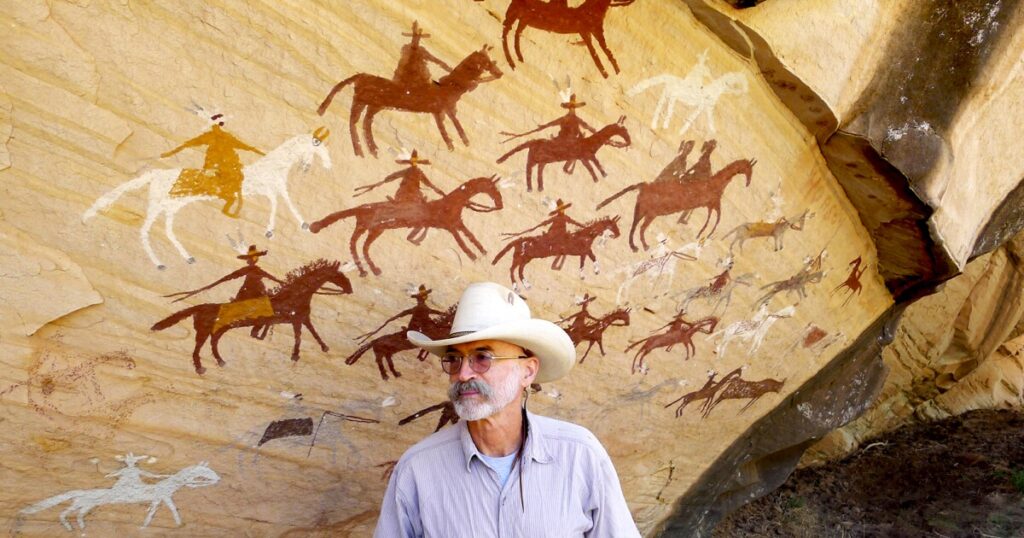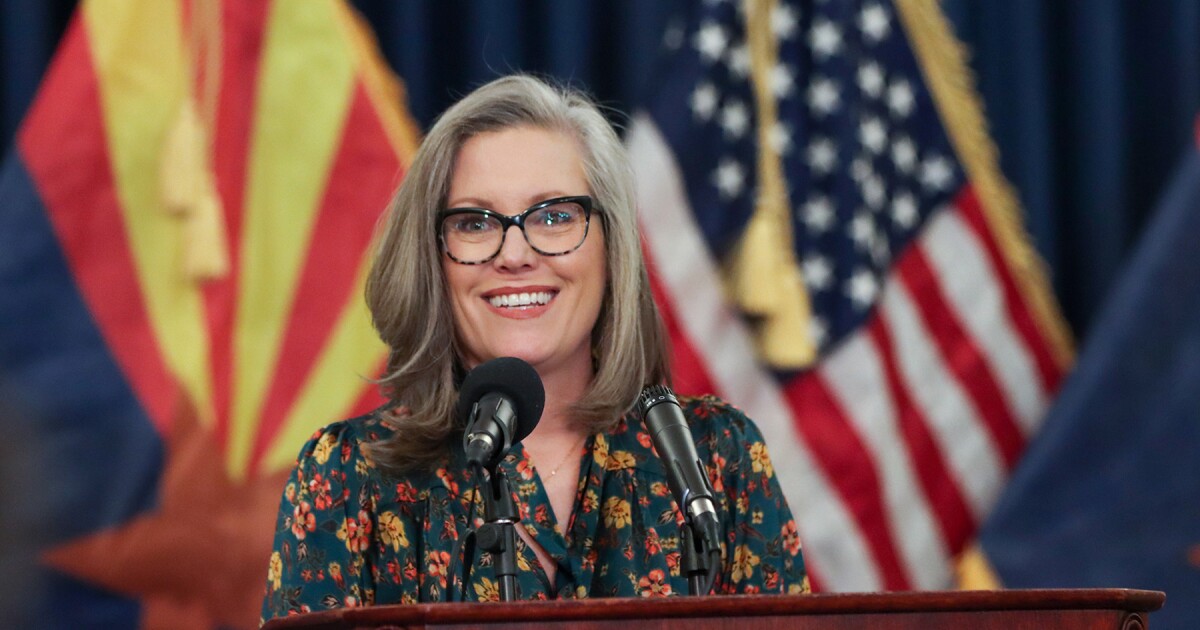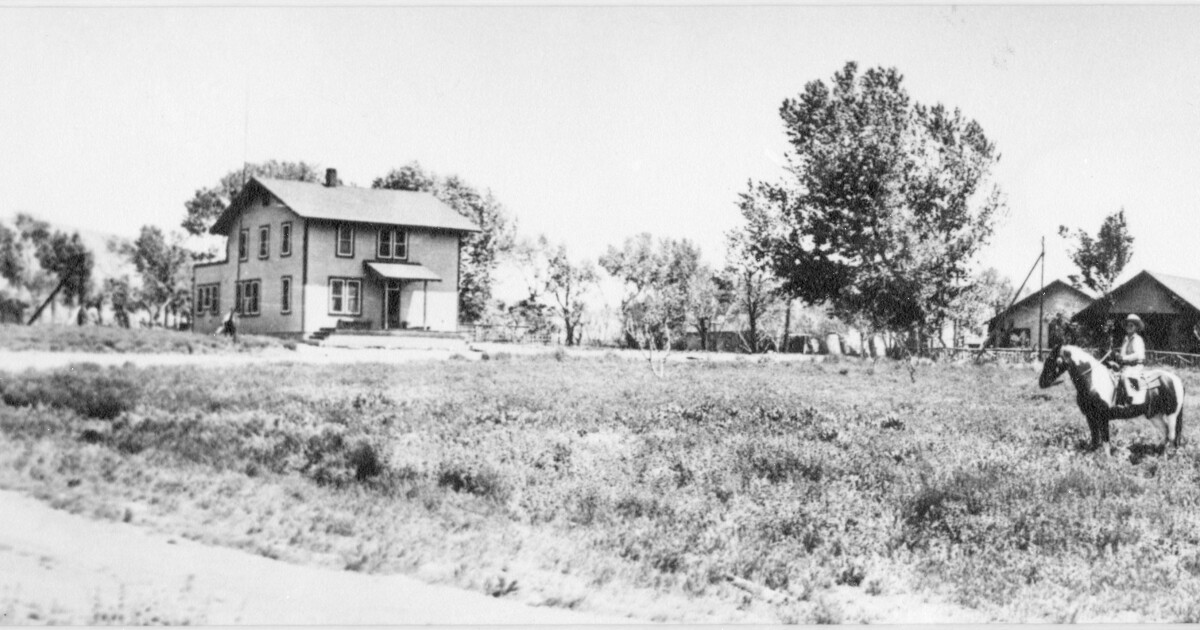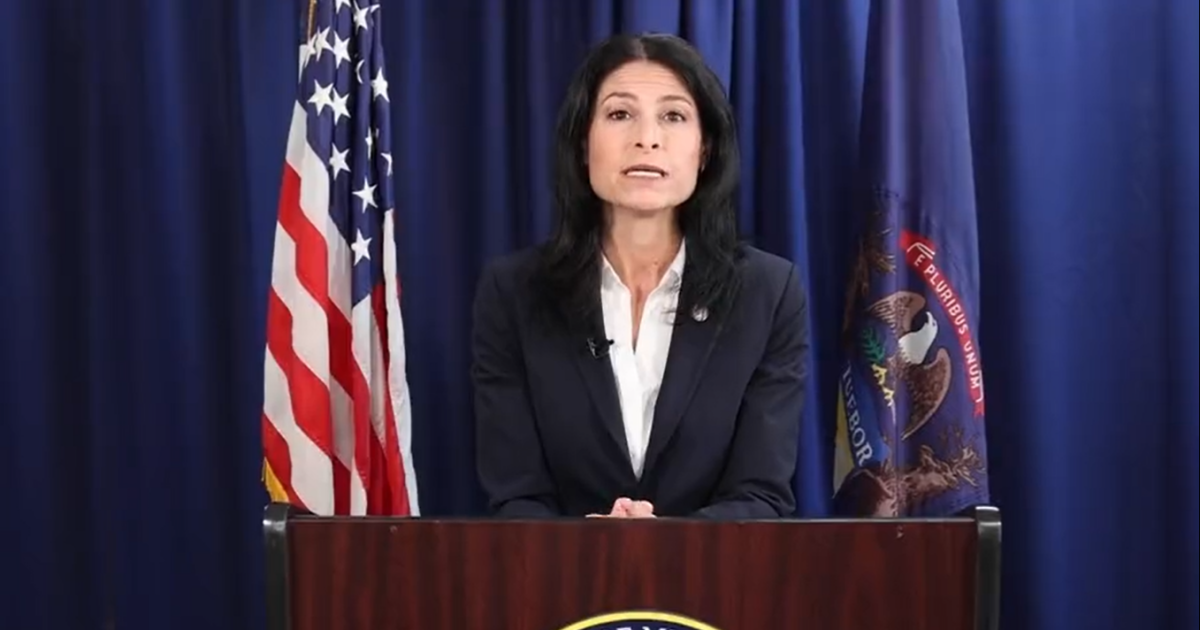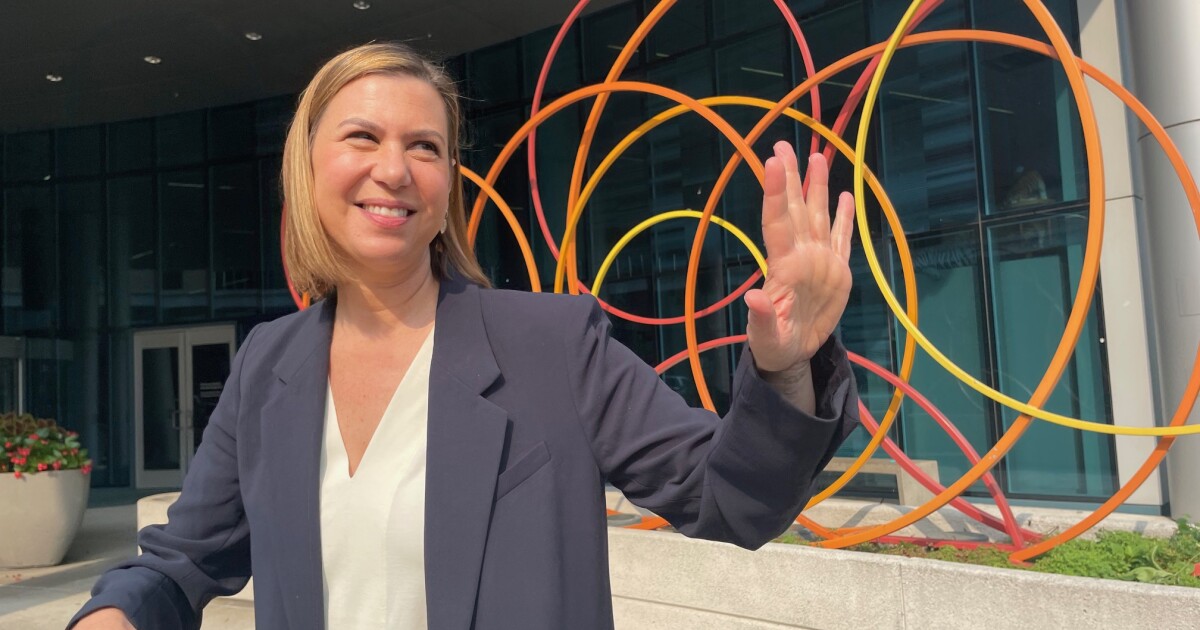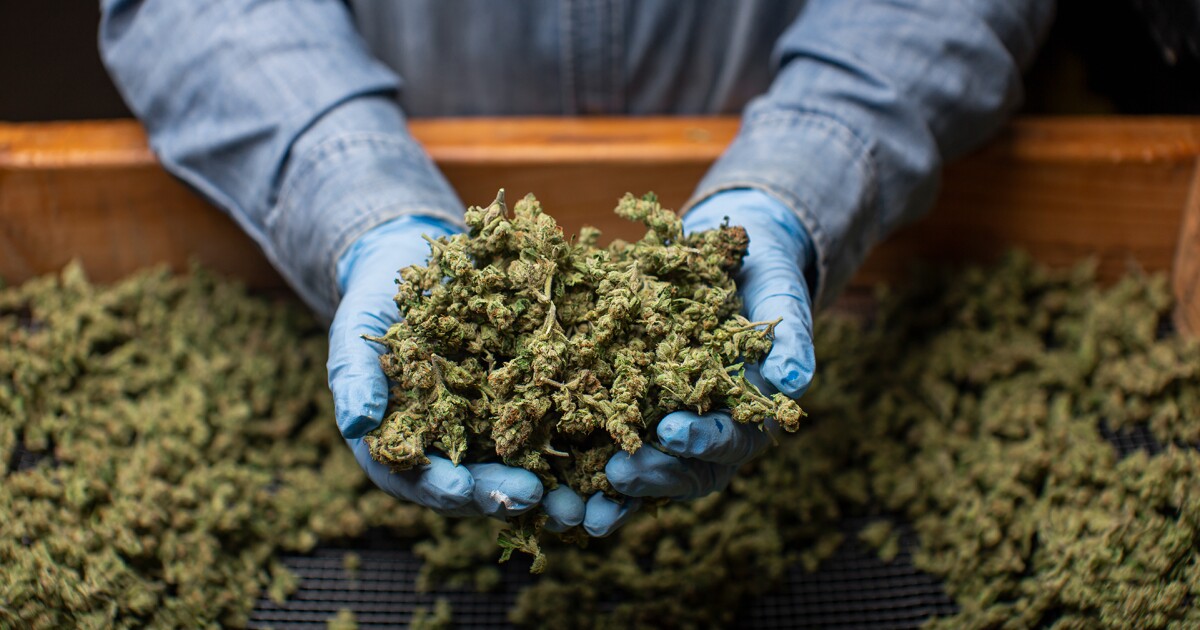A journey through the Navajo country leads to a mesmerizing rock art panel, capturing the essence of Native American history and culture. Accompanied by a seasoned cowboy, the exploration uncovers not just the art, but a deeper narrative of the American West.
With a few wrong turns customary of road trips on the reservation, the adventure begins. The destination is a remote canyon edge, where a rock art panel vividly depicts horsemen racing across a cliff. Navigating a worn trail, the group reaches the scene.
“I’d have to lead my mule down this,” remarks E.T. Collinsworth. Known for his cowboy past, E.T. arrives in fitting attire—Kaibab moccasins, jeans with a hand-tooled belt, and a cowboy hat.
The sandstone wall soon emerges, familiar from a visit over a decade ago. The pictograph displays a dynamic scene of horsemen, set in motion by the sandstone’s natural grain. Painted figures on horseback, adorned with eagle feathers and high-cantled Spanish saddles, seem to ride through time. The leader, distinct with a feathered lance, suggests a Ute raiding party taking spoils, including two Navajo women, a cow, and a steer.
“All of them ride with just the toes in the stirrups,” E.T. observes, drawing on his experience from across the American West and into Mexico. His cowboy days, earning $50 a day and subsisting on beans and tortillas, eventually led E.T. to the U.S. Forest Service. There, he supported wildfire crews as a mule packer. Now, as a fireline EMT and helicopter manager, he also writes poetry, earning the nickname “The Professor” for his literary interests.
The first encounter with the panel brought to mind Portrait of an Artist with Twenty-six Horses by William Eastlake. The novel’s reflection on self-portraiture resonates with the panel: “Up there on the rocks is a picture of an artist with twenty-six horses.” Here, a Navajo artist captured a story of horses and men, a timeless narrative.
Exploring the cliff further reveals ancient Puebloan handprints. Nearby, a later addition by a young Navajo, perhaps a herder, spells “Cows” and “Horse” in mud—an attempt to document the kinetic art. This raises the question of how writing, as a new form of expression, can match the depth of painting. The power of words, it seems, lies in expanding experience rather than replicating it.
As the group heads back to their truck, they move toward Canyon de Chelly, where E.T. once taught horse packing to local guides. When asked why the knowledge was lacking, a Navajo replied with a smile, “We have pickups.”
Scott Thybony is a Flagstaff-based writer, and his Canyon Commentaries are produced by KNAU Arizona Public Radio, airing on the last Friday of each month.
—
Read More Arizona News

